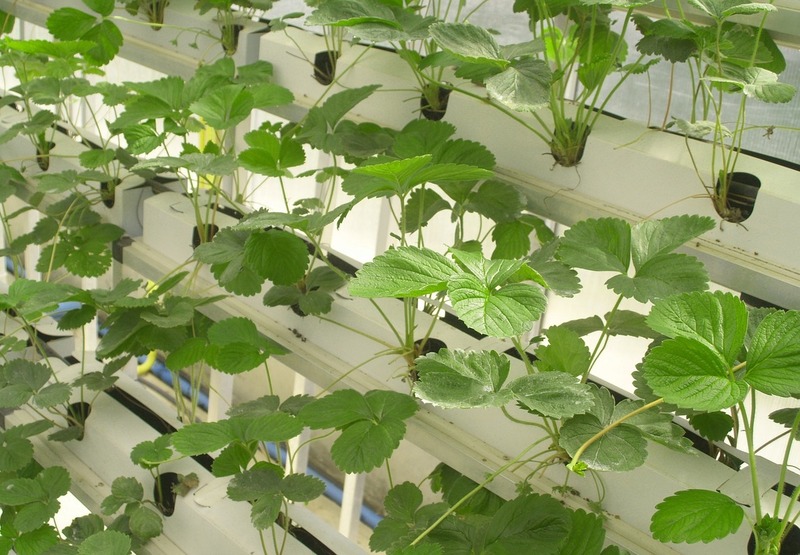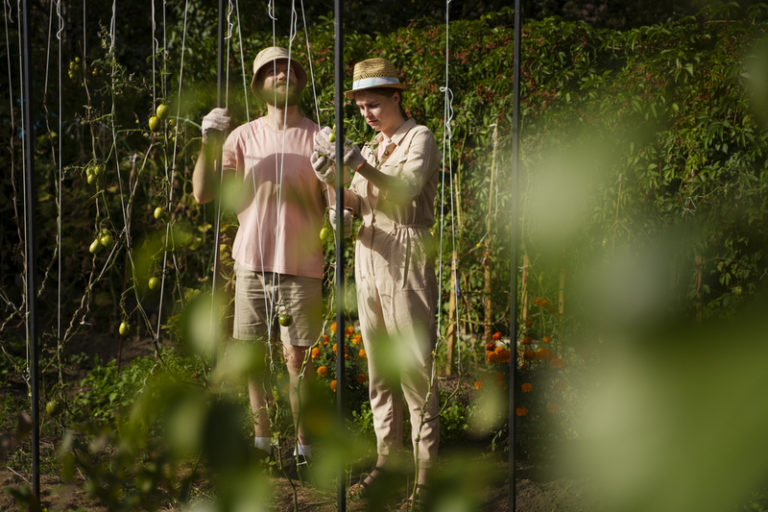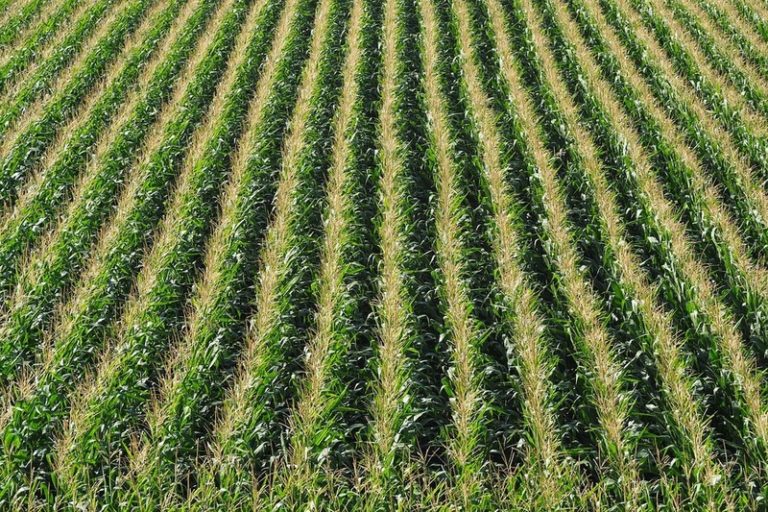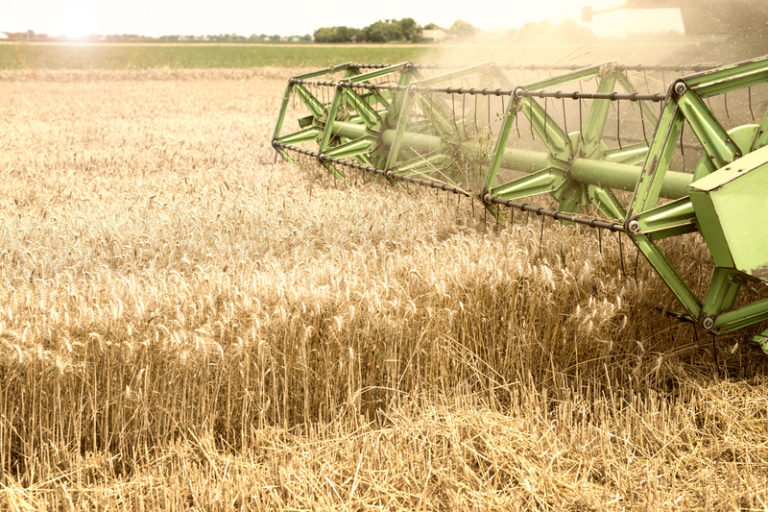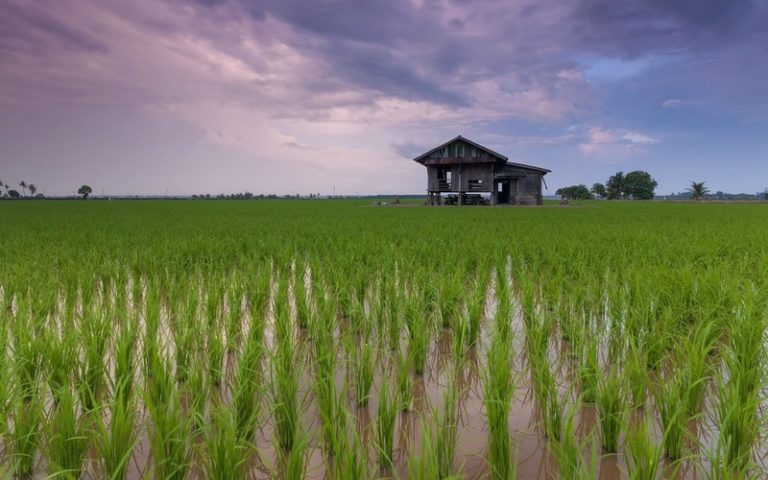Hydroponic Farming: How This Soil-Free Method is Changing Agriculture
Hydroponics is a method of growing plants without the use of soil. Instead, plants are grown in a nutrient-rich solution that provides all the necessary elements for growth.
Hydroponics is becoming increasingly popular as it is a more efficient way of growing crops. It allows for year-round growing and yields larger harvests with fewer resources.
This article will cover the basics of hydroponics, the benefits, and how to get started with hydroponics.
What is Hydroponics?
Hydroponics is a way to grow plants by circulating a nutrient-rich solution around their roots. The solution is made up of water and minerals that the plant needs to grow. A growing medium, such as perlite or coconut coir, supports the plant in place of soil.
Hydroponics is not a new method of growing crops. It has been used for centuries, and many ancient civilizations used hydroponic systems to grow crops in areas where soil was scarce. Today, hydroponics is used by many commercial growers as well as home gardeners.
Benefits of Hydroponics
There are many benefits to growing plants using hydroponics. Here are some of the main benefits:
Increased yields: Hydroponic plants can grow up to 25% faster than plants grown in soil. This is because the plants do not have to work as hard to find nutrients because they are delivered directly to the roots.
Water efficiency: Hydroponics uses up to 90% less water than traditional soil-based growing methods. This is because the nutrient solution is recycled, so there is no need to water the plants as often.
Reduced use of pesticides: With hydroponics, there is no need for soil, which means there are fewer pests and diseases. This reduces the need for pesticides, making it a more environmentally friendly method of growing crops.
Year-round growing: Hydroponics allows for year-round growing, regardless of the climate. This means that growers can produce crops in areas where traditional farming is not possible.
Space efficiency: Hydroponics uses up to 50% less space than traditional soil-based growing methods. This makes it ideal for urban gardening, as it allows for more plants to be grown in a smaller area.

How to Get Started with Hydroponics
Getting started with hydroponics is easy. Here are the steps you need to follow to set up your own hydroponic system:
Step 1: Choose your system
There are many different types of hydroponic systems to choose from, including deep water culture, drip irrigation, and ebb and flow. Each system has its own advantages and disadvantages, so it is important to choose the one that is right for you.
Step 2: Choose your growing medium
The growing medium is what the plants are grown in, and it is used to support the roots. There are many different types of growing mediums to choose from, including perlite, vermiculite, and coconut coir.
Step 3: Choose your nutrient solution
The nutrient solution is what provides the plants with the necessary nutrients to grow. You can purchase pre-made nutrient solutions, or you can make your own using a combination of water and various nutrients and minerals.
Step 4: Set up your system
Once you have chosen your system, growing medium, and nutrient solution, you can set up your hydroponic system. This means setting up the containers, moving the nutrient solution around, and (if needed) installing grow lights.
Step 5: Start growing
Once your system is set up, you can start growing your plants. Make sure to monitor the pH levels and nutrient levels of your nutrient solution regularly to ensure that your plants are getting the right amount of nutrients.
Tips for Successful Hydroponics
Choose the right plants: Not all plants are suitable for hydroponics, so it’s important to choose the right plants for your system. Leafy greens such as lettuce, spinach, and kale are popular choices for hydroponics, as are herbs such as basil and parsley. Tomatoes, cucumbers, and peppers can also be grown successfully in a hydroponic system.
Use high-quality seeds: Using high-quality seeds is essential for a successful hydroponic garden. Look for seeds that are disease-resistant and have a high germination rate.
Keep the temperature consistent: Most plants prefer a temperature between 65-75 degrees Fahrenheit, so it’s important to keep the temperature consistent in your growing area. Use a thermometer to monitor the temperature and adjust your system as necessary to maintain the right temperature.
Use a timer: Using a timer for your system can help ensure that your plants get the right amount of light and nutrients. Most systems need the nutrient solution to circulate for a certain amount of time every day. A timer can make this process happen automatically.
Don’t overcrowd your plants: It’s important not to overcrowd your plants in a hydroponic system. Overcrowding can lead to poor air circulation and make it difficult to monitor the pH and nutrient levels in your system. Make sure to give your plants enough space to grow and thrive.
Check and adjust the pH and nutrient levels: As we’ve already said, it’s important to keep an eye on the pH and nutrient levels of your system to make sure your plants do well. Make sure to test your solution often and make changes as needed to make sure your plants get the right amount of nutrients.
Harvest your plants regularly: Regularly harvesting your plants can help stimulate growth and ensure that your plants stay healthy. Make sure to harvest your plants at the right time and to avoid overharvesting, which can stress the plant and make it less productive.
By using these tips, you can help make sure your hydroponic garden works and grow plants that are healthy and good for you.
Conclusion
Hydroponics is a great way to grow plants without soil, and it offers many benefits, including increased yields, water efficiency, and reduced use of pesticides.
Getting started with hydroponics is easy, and there are many different types of systems to choose from. With a little research and some patience, you can be on your way to growing your own hydroponic garden. Just remember to start small, monitor your pH and nutrient levels, and keep your system clean to ensure the success of your plants.
Also Read :-
Eco-Farming: The Sustainable and Environmentally Friendly Alternative to Traditional Farming

